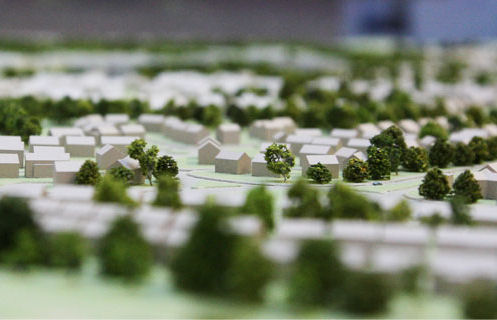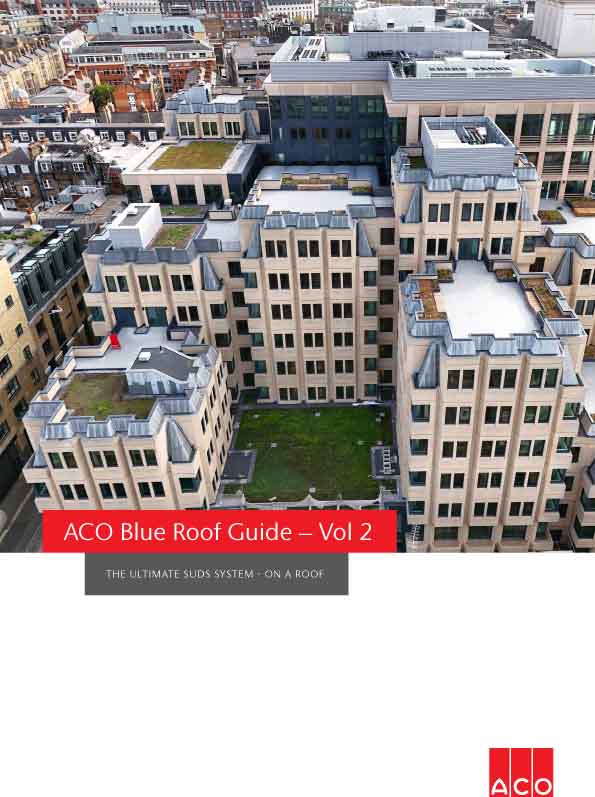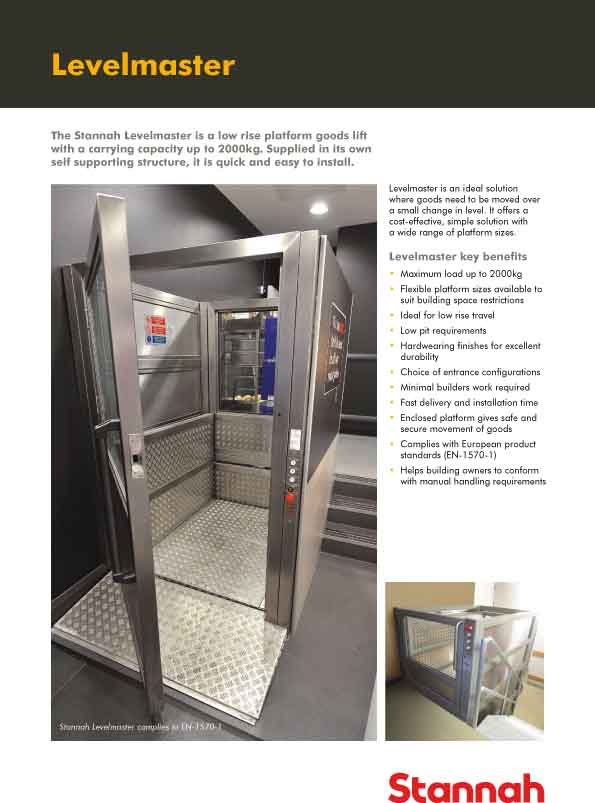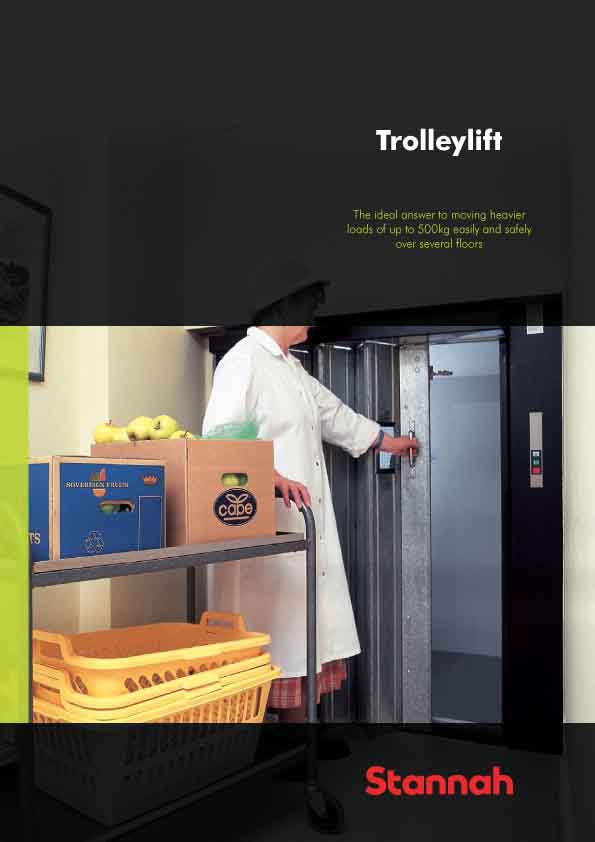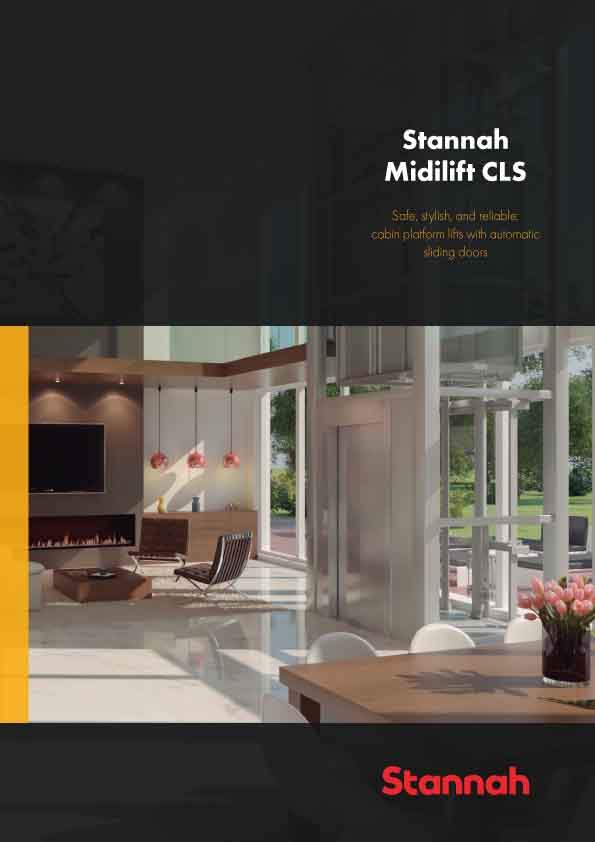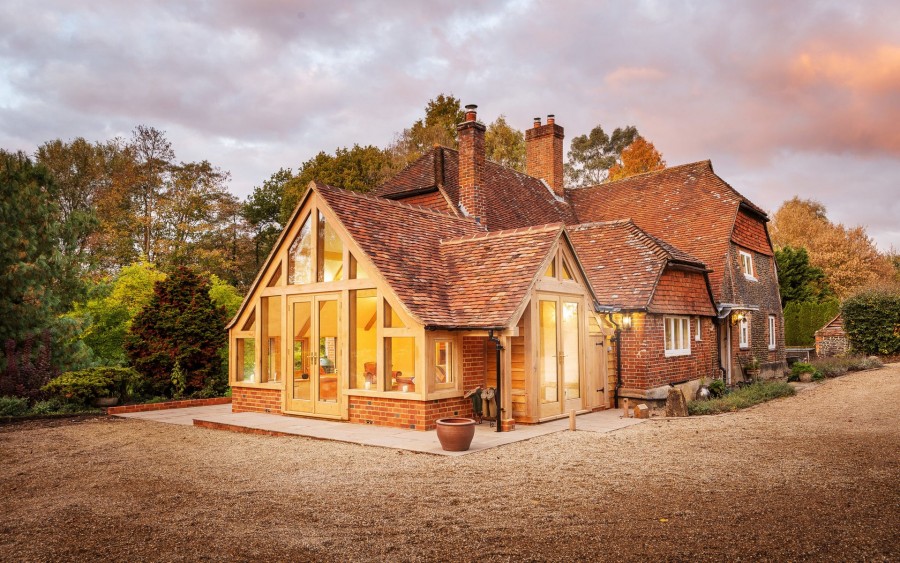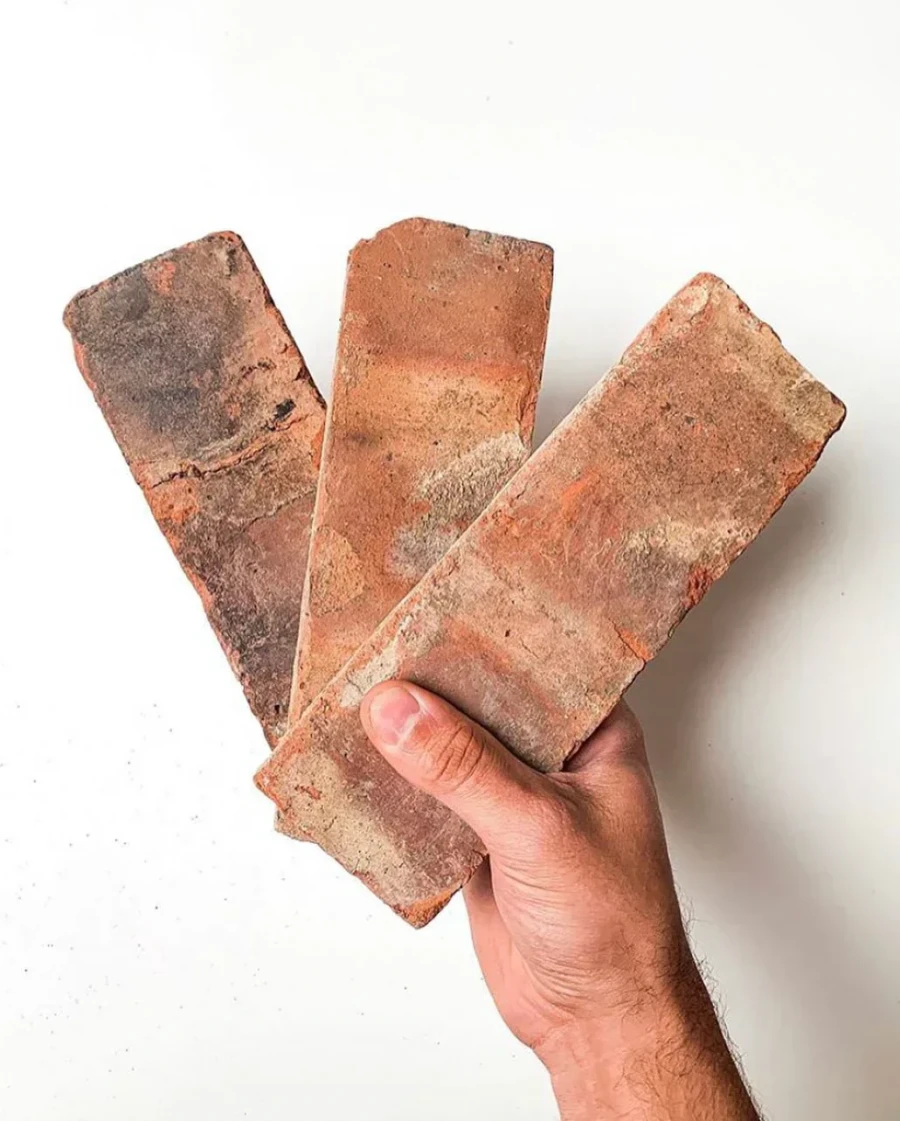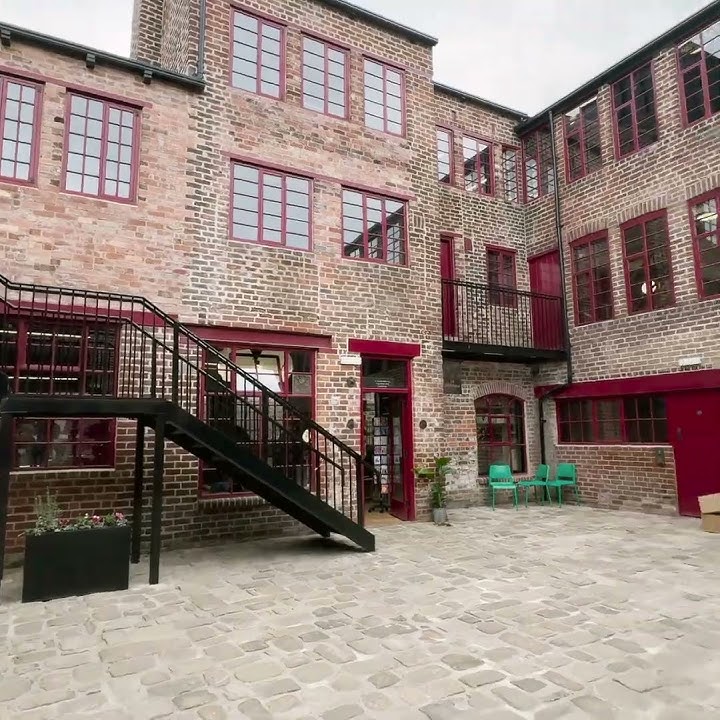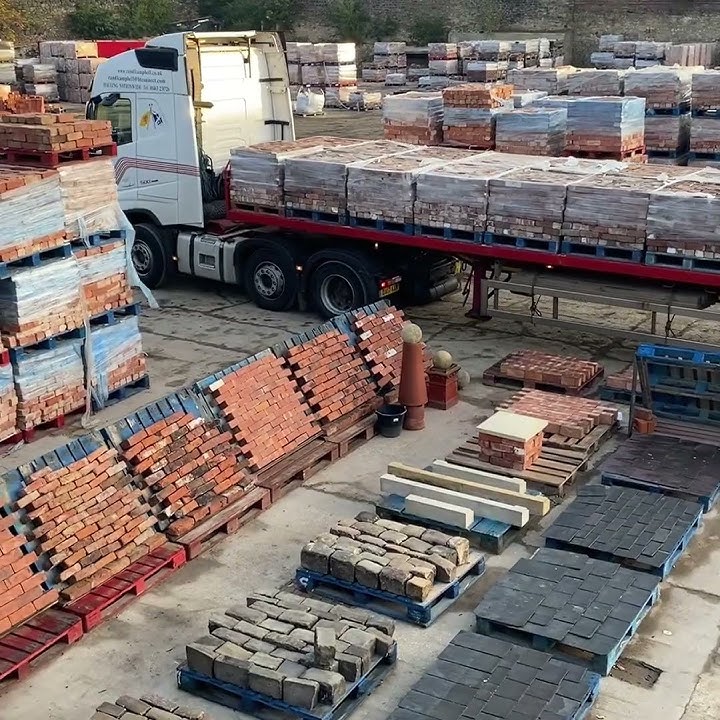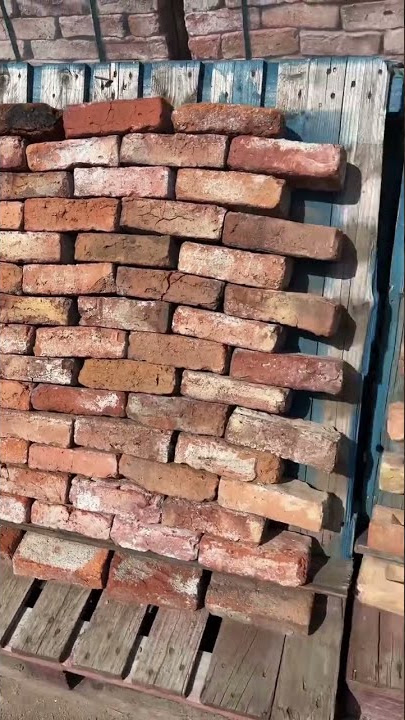New RIBA exhibition spotlights how the city of Freetown, Sierra Leone, was shaped by health, architecture and empire.
Hill Station: architecture and the altitudes of Empire, curated by Ed Lawrenson and Killian O' Dochartaigh, explores the architectural history of colonial era health segregation in Freetown, Sierra Leone, and its connections to the growth of the British Empire and tropical medicine.
In 1899, the newly founded Liverpool School of Tropical Medicine sent an expedition to Freetown in Sierra Leone to research the prevention of malaria. Among its recommendations was the construction of an exclusive enclave of “houses for Europeans” to be built on a plateau overlooking Freetown.
Designed on the advice of Dr. Ronald Ross the enclave, known as Hill Station, aimed to eradicate the risk of malaria transmission.
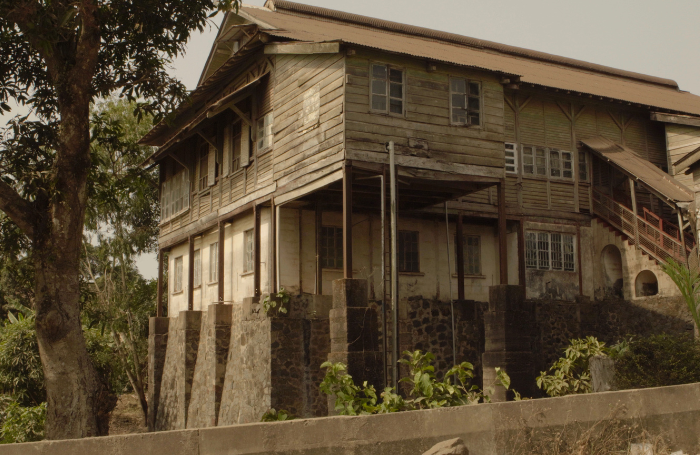
Image: Hill Station, Freetown, Sierra Leone
Combining architectural model work and film, this new exhibition - part of a wider research project, Salone Drift - explores architecture, colonialism and health segregation, and the complex links between two port cities, Liverpool and Freetown.
Developed through parallel forms of making, the installation combines dual-screen films, scale building models, and archival materials to examine the European only settlement of prefabricated bungalows built in the 1900s in hills high above the city.
The film by Edward Lawrenson, from the University College London (UCL) School of Architecture, is shot in Freetown, Liverpool, and London, and features a contribution from historian Professor Ibrahim Abdullah and archival material.
It interrogates the political decision making that led to the building of Hill Station, and how it evolved from Ross’ Nobel Prize winning research into the field of malaria transmission.
Alongside the film, a detailed topographic model of Freetown's coastal and urban landscapes highlights the physical and social partition of the enclave and shows models of the distinctive bungalows built for the British colonial administrators and staff. The new film, which is shown on two channels, also lays bare the links between architecture, medical science, and mercantile power.
Project highlights include newly fabricated scale models by Killian O’Dochartaigh of Freetown and Hill Station enclave that demonstrates the policy of segregation behind the city’s colonial-era architecture.
Hill Station Curator, Killian O' Dochartaigh, from the University of Edinburgh’s School of Architecture said: “This exhibition takes its name from a neighbourhood of wooden bungalows that we visited in Freetown in 2022. The ‘Hill Station’ houses, built in the 1900s and still standing today, are situated on a plateau overlooking the Sierra Leone capital. But we had little idea when we began our research that this remote elevated enclave owed its existence to decisions taken in Liverpool, by colonial-era scientists, administrators, and businessmen. Hill Station is a historic Freetown landmark, and it is an under-appreciated emblem of Liverpool’s troubled and uneven connection with West Africa. We are therefore delighted to be debuting this exhibition in Liverpool itself, working with RIBA to highlight this important aspect of the city’s story”
Samia Benbrih, Equity, Diversity and Inclusion Manager at Liverpool School of Tropical Medicine said: “LSTM welcomes the opportunity to be part of a project that will reach new audiences, partnering with UCL and RIBA. It moves us forward in our wider commitment to examine our history transparently, in a creative and meaningful way and through the lens of decolonisation. It comes at a time when we are about to embark on a History and Heritage project, which will open up our archives, addressing and learning from the colonial aspects of our history on our journey to becoming truly anti-racist.”
Kate Dooley, Curator of Exhibitions and Public Programmes at RIBA said: “RIBA is proud to present Hill Station which offers a timely opportunity to explore architecture’s colonial legacies through collaborations with key practitioners and leading organisations. By continuing and expanding on previous work in this area, this exhibition forms part of RIBA’s broader commitment to creating a more inclusive profession, ensuring that the architecture sector and the wider construction industry are representative of the communities and societies we serve.”
Hill Station is at Gallery Two, RIBA North and Tate Liverpool, from 4 September to 16 November 2025.









